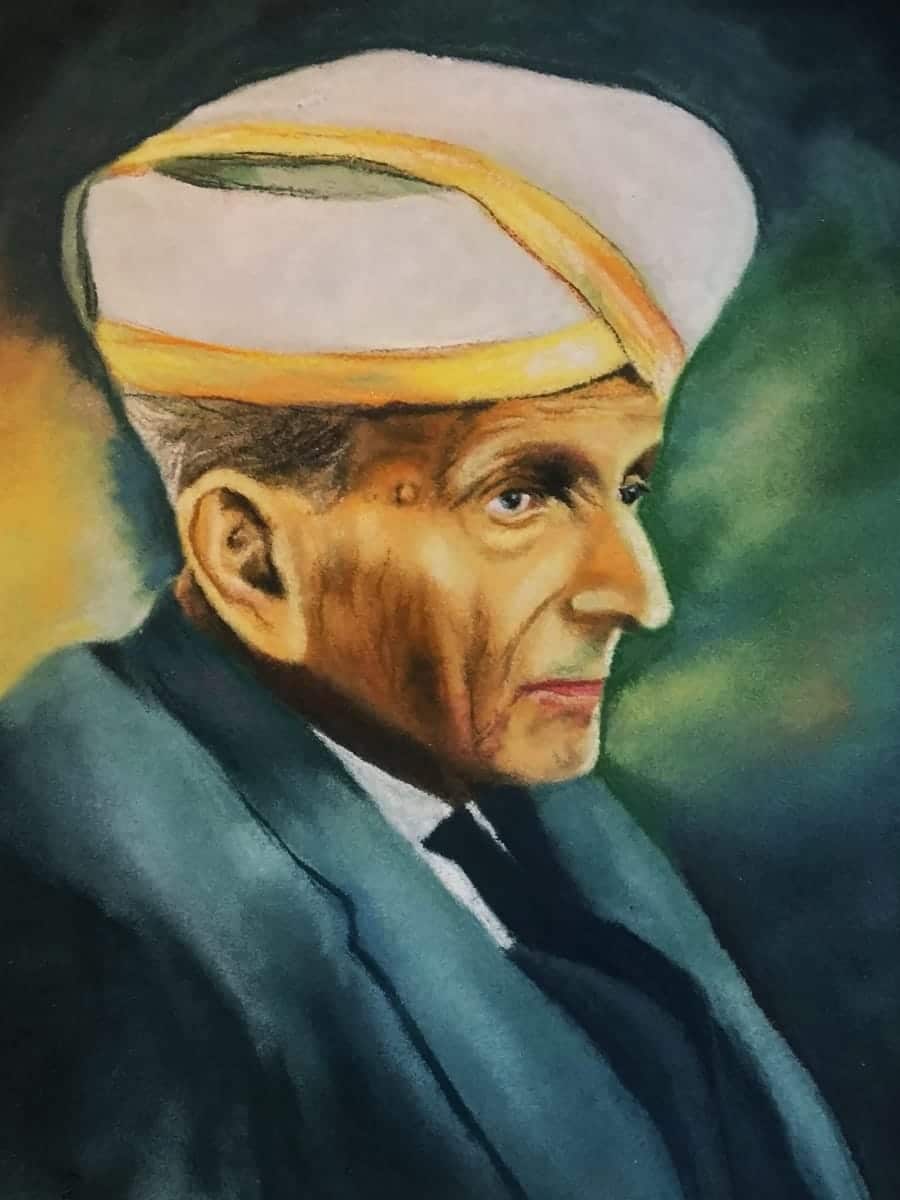About Sir M Visvesvaraya
- Mokshagundam Visvesvaraya, widely known as Sir MV, was a distinguished engineer, statesman, and scholar who held the position of Diwan of Mysore from 1912 to 1918.
- He was known as the father of Modern Mysore for his outstanding contribution to society.
- Birth: He was born on 15th September 1861 in Muddenahalli village in Karnataka.
- Education: He completed his Bachelor of Arts (BA) from the University of Madras and completed civil engineering from the College of Science in Pune.
Contributions
- He was the chief engineer responsible for the construction of the Krishna Raja Sagara Dam in Mysore.
- He designed and patented automatic water floodgates in 1903, which were first installed at the Khadakwasla reservoir in Pune.
- In 1917, Visvesvaraya established Government Engineering College in Bengaluru, which was later named University Visvesvaraya College of Engineering in his honour.
- He was a renowned precursor of economic planning in India.
Awards
- In 1955, the Government of India honoured him with thehighest civilian honour — Bharat Ratna for his numerous industrial, economic and social projects.
- He was also conferred the British knighthood by King George V, earning the title “Sir.”
Key Facts about Krishnaraja Sagar (KRS) Dam
- Location: It is located below the confluence of river Kaveri with its tributaries, Hemavati and Lakshmana Tirtha, in the district of Mandya in Karnataka.
- It is a type of gravity dam.
- Usage
- The water from the Dam is used for irrigation in Mysore and Mandya and is the main source of drinking water for Mysore, Mandya and Bengaluru city.
- It also ensures power supply to the Shivanasamudra hydroelectric power station.
- The water released from this dam flows into the state of Tamil Nadu and is stored in the Mettur dam in the Salem district.
History
- The dam was constructed during the rule of the Maharaja of Mysore, Krishnaraja Wadiyar IV, and it was named in his honour.
- The construction of the KRS Dam began in 1911 and it was completed in 1931.
- The dam was designed by Sir M. Visvesvaraya, a famous Indian engineer.
- Features:
- It was built using a mixture of surki mortar and limestone.
- It is 2,621 meters (8,600 ft) long and 40 meters (130 ft) high.
- Its reservoir is about 130 Sq. Kms, which was the largest in Asia at the period when it was built.
- Brindavan Gardens, an ornamental garden, is attached to the dam.
Q1: What are automatic water floodgates?
Also known as automatic flood barriers or flood gates, these are specialized mechanisms designed to control and manage the flow of water in response to changing water levels, particularly during flood events. These systems are engineered to prevent or mitigate the damaging effects of flooding by blocking or diverting excess water away from critical areas such as homes, infrastructure, and farmland. Automatic floodgates operate through various methods, including hydraulics, pneumatics, or electrical systems, and can be activated manually or automatically in response to rising water levels.
Source: Engineers’ Day 2023: Internet honours Sir M Visvesvaraya, celebrates engineers
Last updated on June, 2025
→ UPSC Notification 2025 was released on 22nd January 2025.
→ UPSC Prelims Result 2025 is out now for the CSE held on 25 May 2025.
→ UPSC Prelims Question Paper 2025 and Unofficial Prelims Answer Key 2025 are available now.
→ UPSC Calendar 2026 is released on 15th May, 2025.
→ The UPSC Vacancy 2025 were released 1129, out of which 979 were for UPSC CSE and remaining 150 are for UPSC IFoS.
→ UPSC Mains 2025 will be conducted on 22nd August 2025.
→ UPSC Prelims 2026 will be conducted on 24th May, 2026 & UPSC Mains 2026 will be conducted on 21st August 2026.
→ The UPSC Selection Process is of 3 stages-Prelims, Mains and Interview.
→ UPSC Result 2024 is released with latest UPSC Marksheet 2024. Check Now!
→ UPSC Toppers List 2024 is released now. Shakti Dubey is UPSC AIR 1 2024 Topper.
→ Also check Best IAS Coaching in Delhi






















